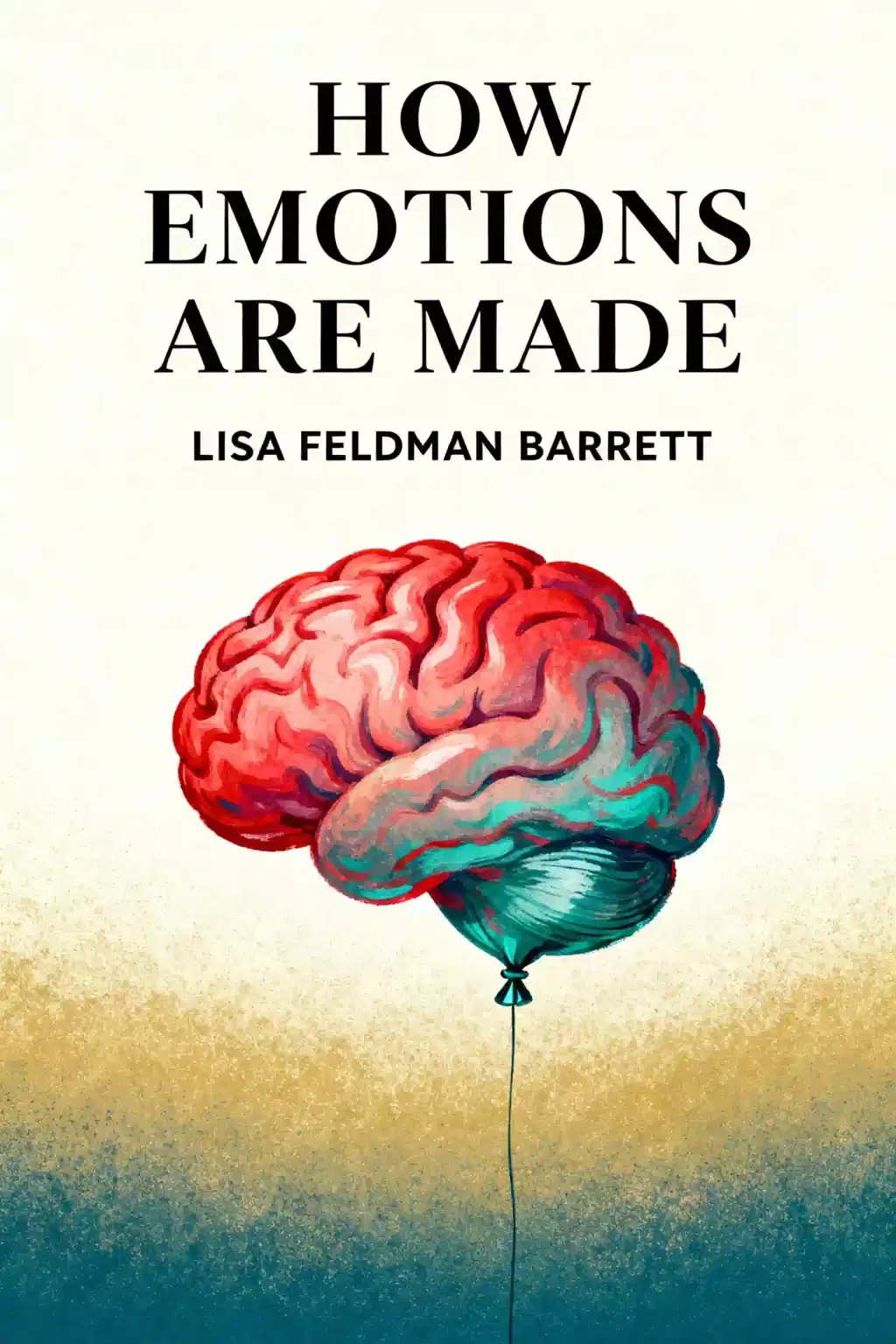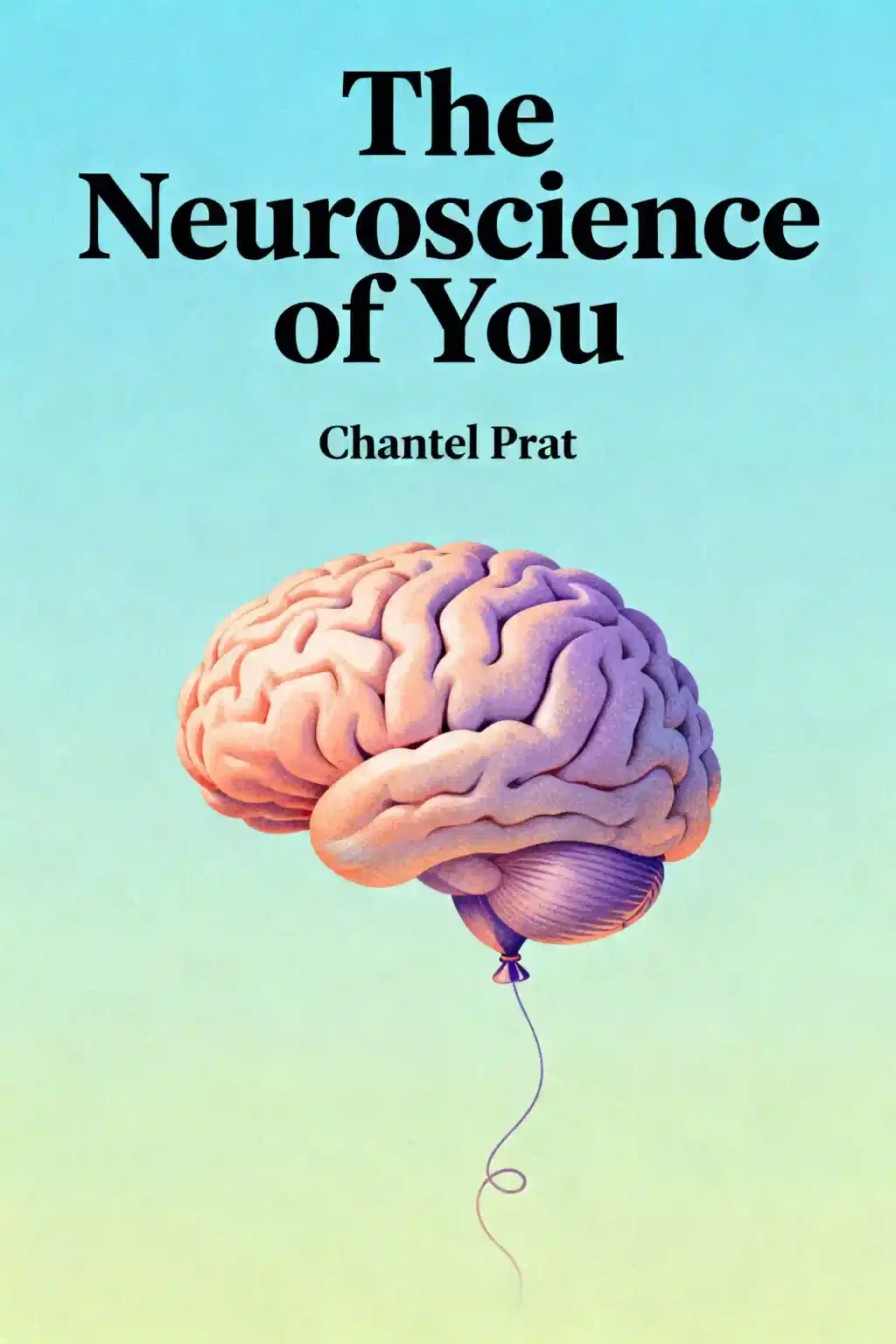What is
Seven and a Half Lessons About the Brain about?
Seven and a Half Lessons About the Brain by Lisa Feldman Barrett distills neuroscience into accessible essays, debunking myths like the "lizard brain" and explaining the brain’s evolutionary role in regulating the body, not just thinking. It reveals how brains form networks, why emotions are constructed, and how social connections shape cognition. The book blends cutting-edge research with engaging storytelling.
Who should read
Seven and a Half Lessons About the Brain?
This book suits curious readers seeking a concise, jargon-free introduction to neuroscience. It’s ideal for psychology enthusiasts, educators, or professionals in health/tech wanting to understand brain-body connections. Fans of Barrett’s How Emotions Are Made or works like Astrophysics for People in a Hurry will appreciate its succinct style.
Is
Seven and a Half Lessons About the Brain worth reading?
Yes—it’s praised for transforming complex science into bite-sized insights. Amazon named it a 2020 Best Book, and critics highlight its myth-busting clarity on topics like brain evolution and emotional construction. At under 200 pages, it’s a quick yet impactful read for anyone interested in neuroscience.
What is the "half lesson" in the book?
The "half lesson" introduces the brain’s core purpose: managing bodily systems to survive and thrive, not just thinking. Barrett argues brains evolved over 500 million years primarily to regulate energy budgets, debunking the idea that cognition is their main function.
How does the book debunk the "triune brain" myth?
Barrett dismantles the outdated theory of three evolutionary brain layers (reptilian, limbic, neocortex). She shows all mammals share similar brain structures, with no "newer" regions dominating rationality. Networks—not hierarchical layers—drive behavior, aligning with modern neuroscience.
What does Barrett mean by "your brain is a network"?
She explains brains operate via interconnected neurons, not isolated regions. This network adapts flexibly, allowing areas to multitask (e.g., the amygdala handles fear and reward). This challenges oversimplified "brain region X does Y" claims, emphasizing integrated functionality.
How does
Seven and a Half Lessons relate to mental health?
Barrett links brain-body budgeting to stress and resilience. Chronic energy deficits from poor sleep, diet, or loneliness can strain the brain’s predictive systems, increasing anxiety/depression risk. Understanding this helps reframe mental health as physiological management.
What are key criticisms of the book?
Some note it oversimplifies complex debates (e.g., nature vs. nurture) and lacks in-depth citations. Critics argue its brevity may leave readers wanting more practical applications. However, most praise it as an entry point, not an exhaustive guide.
How does this book compare to
How Emotions Are Made?
Seven and a Half Lessons condenses Barrett’s emotion research into broader brain science, ideal for newcomers. How Emotions Are Made delves deeper into emotional constructionism. Both reject brain myths but target different reader depths.
Can this book help improve decision-making?
Yes—by explaining how the brain predicts outcomes using past experiences, Barrett shows why "gut feelings" are body-budget signals. Recognizing these patterns can improve emotional regulation and mindful choices.
What metaphors does Barrett use to explain the brain?
She compares the brain to a network, a budget manager, and a prediction engine. These metaphors clarify how brains prioritize efficiency, allocate resources, and simulate future scenarios to guide behavior.
Why does Barrett argue "brains wire themselves through culture"?
Social experiences physically reshape neural networks, as brains learn to predict based on shared norms. This underscores how culture influences perception, emotion, and even physiological responses, challenging nature-nurture dichotomies.














